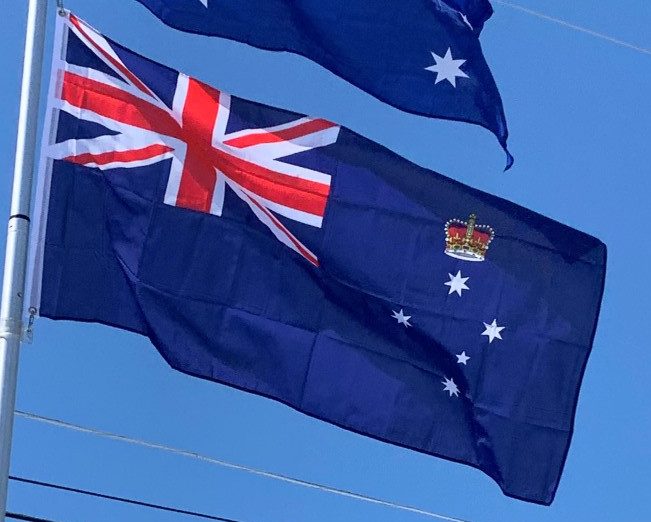Victoria contains many topographically, geologically and climatically diverse areas, ranging from the wet, temperate climate of Gippsland in the southeast to the snow-covered Victorian alpine areas which rise to almost 6,600 feet, with Mount Bogong the highest peak at 6,516 feet. There are extensive semi-arid plains to the west and northwest. There is an extensive series of river systems in Victoria. Most notable is the Murray River system. Other rivers include: Ovens River, Goulburn River, Patterson River, King River, Campaspe River, Loddon River, Wimmera River, Elgin River, Barwon River, Thomson River, Snowy River, Latrobe River, Yarra River, Maribyrnong River, Mitta River, Hopkins River, Merri River and Kiewa River.
The state’s capital, Melbourne, contains about 70% of the state’s population and dominates its economy, media, and culture.
Economy:
The state of Victoria is the second largest economy in Australia after New South Wales, accounting for a quarter of the nation’s gross domestic product.
Finance and insurance is Victoria’s largest income producing sector, while the health care and social assistance sector is the state’s biggest employer. The shift towards service industries in the preceding decades has seen manufacturing lose its mantle as Victoria’s largest employer and income producer.
Agriculture:
More than 10,000 square miles of Victorian farmland are sown for grain, mostly in the state’s west. More than 50% of this area is sown for wheat, 33% for barley and 7% for oats. A further 2,300 square miles is sown for hay. In 2003–04, Victorian farmers produced more than 3 million tonnes of wheat and 2 million tonnes of barley. Victorian farms produce nearly 90% of Australian pears and third of apples. It is also a leader in stone fruit production. The main vegetable crops include asparagus, broccoli, carrots, potatoes and tomatoes. Last year, 121,200 tons of pears and 270,000 tons of tomatoes were produced.

More than 14 million sheep and 5 million lambs graze over 10% of Victorian farms, mostly in the state’s north and west. In 2004, nearly 10 million lambs and sheep were slaughtered for local consumption and export. Victoria also exports live sheep to the Middle East for meat and to the rest of the world for breeding. More than 108,000 tonnes of wool clip was also produced—one-fifth of the Australian total.
Victoria is the center of dairy farming in Australia. It is home to 60% of Australia’s 3 million dairy cattle and produces nearly two-thirds of the nation’s milk, almost 6.4 billion liters. The state also has 2.4 million beef cattle, with more than 2.2 million cattle and calves slaughtered each year. In 2003–04, Victorian commercial fishing crews and aquaculture industry produced 11,634 tonnes of seafood valued at nearly A$109 million. Blacklipped abalone is the mainstay of the catch, bringing in A$46 million, followed by southern rock lobster worth A$13.7 million. Most abalone and rock lobster is exported to Asia.
Manufacturing:
Victoria has a diverse range of manufacturing enterprises and Melbourne is considered Australia’s most important industrial city. The post-World War II manufacturing boom was fueled by international investment; attracted to the state by the availability of cheap land close to the city and inexpensive energy from the Latrobe Valley. Victoria produced 26.4% of total manufacturing output in Australia in 2015–16, behind New South Wales at 32.4%.
